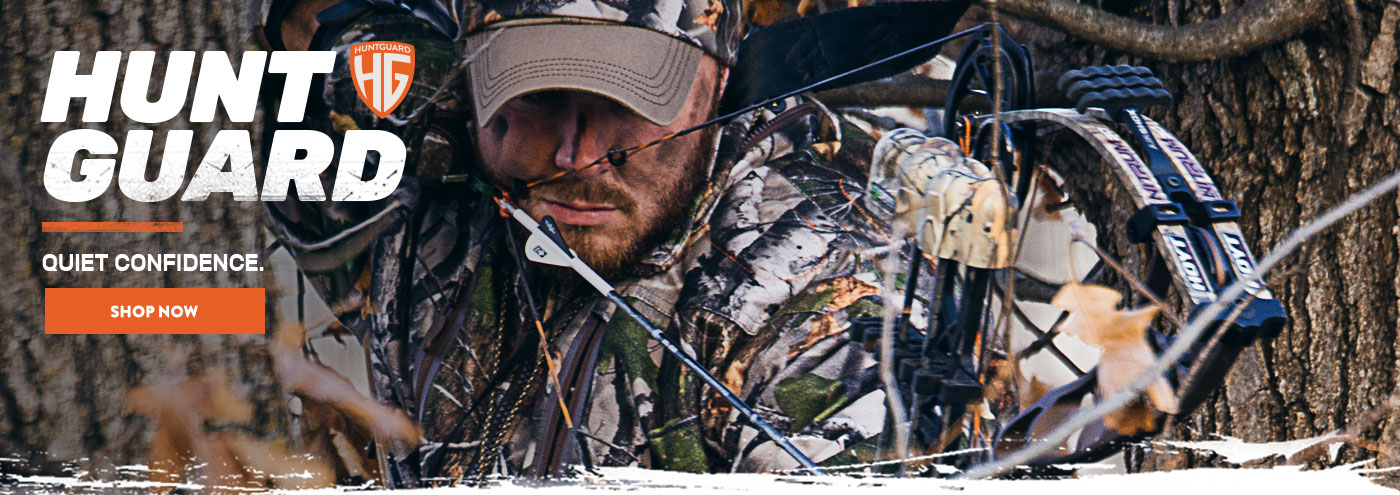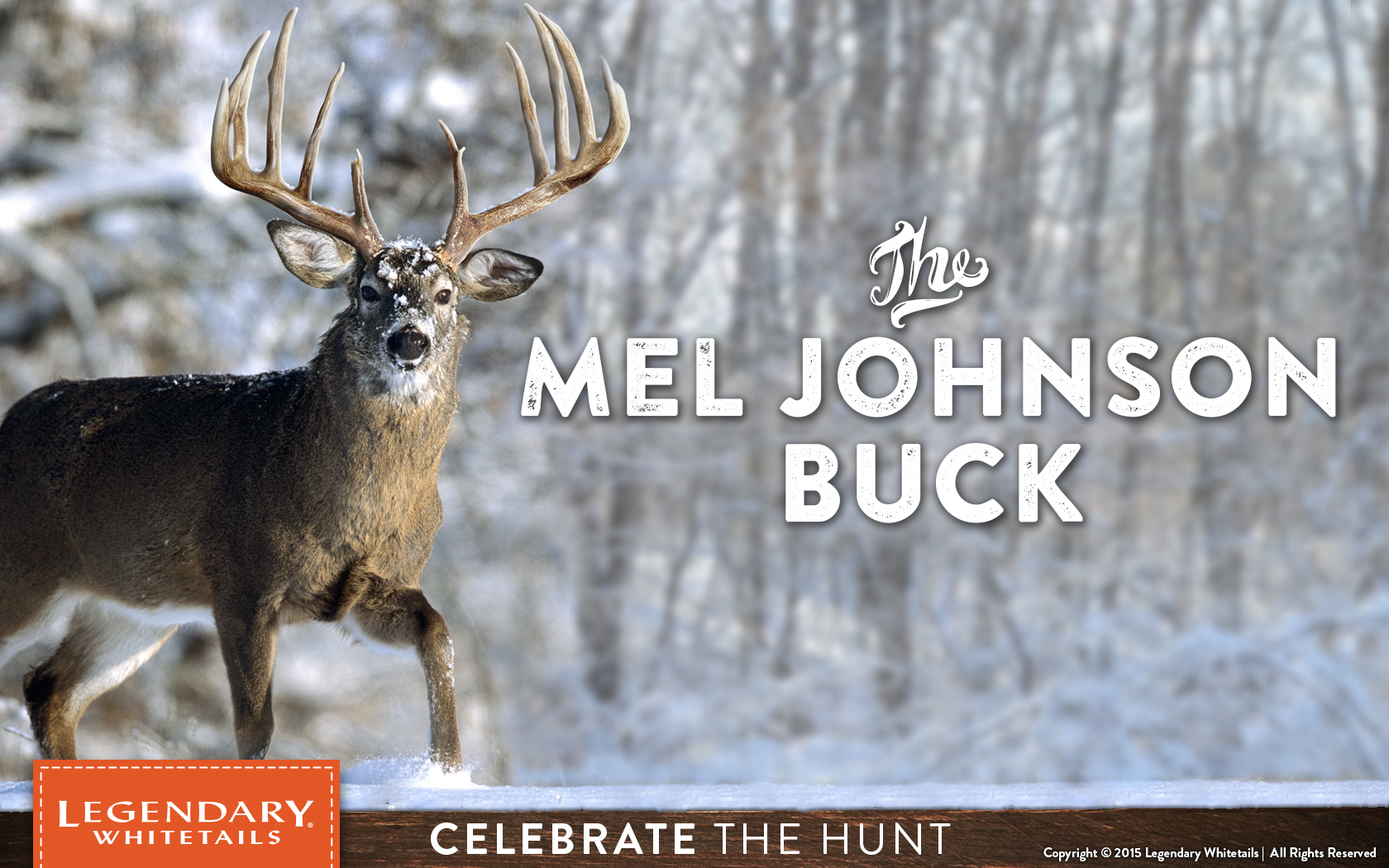Stories of record-book deer make good reading, particularly when they’re twisted around a horseback ride into the wilderness, fresh snow on the tents and the aroma of coffee over a snapping campfire. But, successful hunts don’t always unfold in such romantic settings. A trophy buck also can dwell in a patch of timber close to your back door.
Mel Johnson, a big, broad-shouldered bowhunter, learned this fact a long time ago in his native Illinois, a state with plenty of farming, industry and big deer. The year was 1965, and the setting was the edge of a small soybean field near a busy state highway only 15 minutes from Mel’s home in Peoria.
Although the hunt didn’t occur in an exotic location, the end result remains the envy of every hunter who has ever challenged these magnificent animals. Mel’s buck scored 204 4/8 typical points and, at this writing, remains the only North American big game animal ever to receive both the coveted Ishi and Sagamore Hill awards, the highest recognition bestowed upon big game hunters by the Pope and Young and Boone and Crockett clubs, respectively.
Mel had six years’ experience and about that many deer to his credit when confronted with his golden opportunity. He and hunting buddy Bill Kallister had seen several large deer on a certain farm during the 1964 season, so they obtained permission to hunt there in 1965.
When season arrived, it didn’t take long before they knew a giant buck was around. Mel actually spotted him twice, but each time, he was too far away. Knowing what was near, both archers passed up shots on smaller deer early on.
On this particular Friday, Mel went to the field alone, as Bill had to work late. Mel had been using stands that would allow shots well out into the field. Now, however, he decided to change tactics and take a ground stand, from which he could watch the edge of the timber instead of only the field.
That fateful afternoon, Mel found a brushy spot and settled in. The wind was blowing from the woods across the field—perfect. Sure enough, the bowhunter soon noticed a deer stepping from the timber at the upper corner of the field, about 300 yards away. It was a huge buck, standing motionless, scenting and looking over the open field before taking another step.
Mel’s adrenaline began to pump as the massive animal, his large antlers swinging in rhythm with each cautious step, started working his way across the upper end of the field. Eventually, the buck made it across the field and turned toward Mel’s position. The hunter now noticed a dryness in his mouth, and his heart really began to pound. Mel realized that if the buck continued on his present course, eventually he’d wind up right in his lap!
“Several times in the past, I had things happen that spooked deer, like a quick change in the wind direction or perhaps a slight movement on my part,” Mel said. “I didn’t want it to happen this time, so I kept hugging the concealment of my blind.”
This time, the wind remained in Mel’s favor, and the buck never changed direction. Soon, the huge deer was within 30 yards. The spread of the antlers was breathtaking. Mel swallowed to avoid coughing and moved his right leg slightly to relieve a cramp.
The buck continued toward the archer, who suddenly realized the brute was now too close. “I was pinned down and couldn’t rise to try a shot. At that close range, he would see me and be off like a flash. I decided to wait, let him get by me and gamble on a shot going away.
“He was about three or four rows into the bean field,” Mel added. “At one time, when he was only about 20 yards away, we stared at each other for what seemed like an eternity. Eventually, he swung his head to scan the open field and started moving again.”
That’s when Mel went into action. He rose quickly from his stand, drawing his 72-pound recurve in the same motion. The left-handed shooter let an arrow fly; the buck jumped and raced a short distance to the middle of the open field before pausing on a ridge, watching the hunter. The deer seemed curious as to what had happened. Then, he turned and again ran from Mel’s sight.
When the bowhunter next spotted the buck, he was lying on the ground, kicking his last. En route, Mel found his arrow intact on the ground. It had passed completely through the deer, which had never made it out of the bean field.
Mel tried to drag the huge buck from the field but couldn’t budge him. Fortunately, the farmer offered a hand, and the deer was soon secured across the top of Mel’s car trunk.
“Back then, little was mentioned about trophy racks,” Mel recalled. “I found out about Boone and Crockett through a clipping in a magazine. I wrote to them, and they sent me the name of the only official measurer in the state, a man at the Museum of Natural History in Chicago.”
About that time, Mel also purchased a book on measuring and scoring antlers. He then drove to Chicago to have his deer officially measured. There, the buck was scored at a net of slightly more than 197 typical. This puzzled Mel somewhat since, using his book as a reference, he had come up with a “green” score of around 207. Inspecting the official score sheet, he saw that one of the circumference figures had been omitted. A judges’ panel eventually gave him a final score of 204 4/8, making it the undisputed archery world record even until today!
“It was just luck. That’s what it amounts to,” said Mel. “I guess the whole thing is being able to hold your composure when you get such an opportunity. That’s the difference between getting a big deer and not getting one.”






